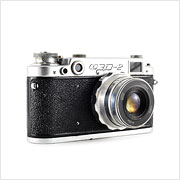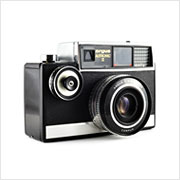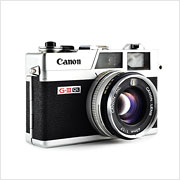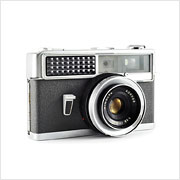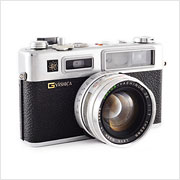FED-2
The FED-2 is a 35mm rangefinder built in Kharkov, Ukraine in a factory that was once an orphanage. After the groundbreaking Leica II was introduced in 1932, Soviet leaders tasked the FED factory with building a clone. The FED-2 is a descendant of that first Leica copy. And if that’s not interesting enough, FED is named after Felix E. Dzerzhinsky who was the founder of the NKVD, the shadowy secret police organization that would eventually become the KGB.

